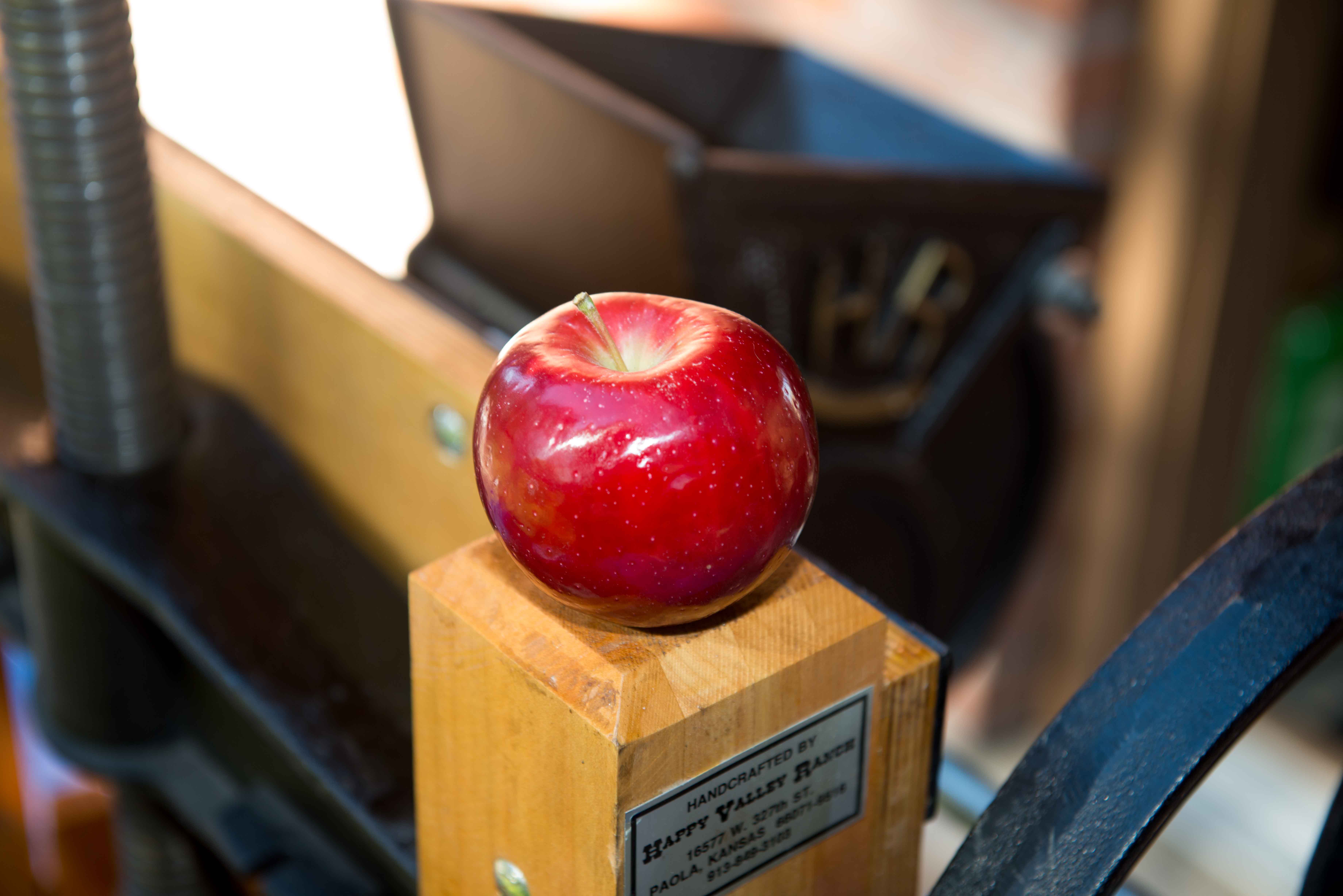Hard Cider Apples: Hard to Find

At about .3% the size of the beer market by sales, hard cider consumption in the U.S. still utterly pales in comparison to that of beer, wine, and spirits. But it’s a very fast-growing segment, and the trend is encouraging. One factor that will quickly limit the upside growth of high quality hard cider, however, is the availability of cider apples, which are grown in much smaller quantities than the dessert and table apples which the Pacific Northwest and Northeast regions grow in abundance, and which many cider makers will be tempted (or forced) to feature too heavily in their juice blends.
As a result of this dynamic, and of the big brewing companies like Coors and Budweiser Anbev jumping quickly into the cider business to grab a piece of the growth, you as a cider drinker can expect to see a number of new, aggressively-marketed ciders coming out whose quality will be disappointing to say the least. So, buyer beware–keep up on the cider reviews here and elsewhere, and steer clear of the coming, insipid tide of bad cider chasing dollars at the expense of quality. Luckily for you, though, there will be a growing number of good ciders as well, if you know what to look for.
Thus far, it appears to me that there isn’t much in the way of an open market for cider apples, with cideries often producing and using their own cider apples. While this self-production is a sustainable practice compared to say, high-intensity barley production and transport in the beer industry, it leaves a couple categories of cider-makers—home cider makers and cideries in urban areas with no access to land—in a bit of a pickle.
What are the cider apples in question? Primarily I’m referring to bittersweet or bittersharp varieties which help to produce a balanced cider when blended with sweeter, more bland varieties—these generally fall along the lines of traditional English heirlooms:
- Kingston Black (bittersharp)
- Stoke Red (bittersharp)
- Dabinett (bittersweet)
- Chisel Jersey (bittersweet)
- Harry Masters Jersey (bittersweet)
- Foxwhelp (bittersharp)
There are also varieties outside of the English bittersweet/bittersharp category which are good cider apples but are also hard to come by in my region, such as:
- Golden Russet (New York; English ancestor)
- Northern Spy (U.S. origin)
- Nonpareil (French Origin)
- Winesap (Virginia; possible English ancestor)
For specifics about these and many, many more apple varieties, visit Orange Pippin and my new cider apple page on Cider School.
In the fall of 2013, the closest I came to any of these varieties on the front range of Colorado was: 1) finding an orchard that had a few Kingston Blacks, all of which had been claimed by another cider maker (KHAAAAAAANN!!); 2) finding a couple dozen Cox Orange Pippins—an English dessert apple—at a local farmers market stand otherwise dominated by Jonathan, Golden Delicious, and the like; and 3) eventually finding some Winesap, Rome, and Arkansas Black, the first of which is featured in my Hard Cider Tutorial.
By and large, it seems to be the cider makers themselves—many of whom were originally, or still are, primarily commercial orchards growing table apples—who are moving their growing emphasis over to cider apples, rather than apple growers wanting to sell cider fruit to commercial cideries.
The owners of Tieton Cider Works, for instance, are moving more of their growing acreage over to cider varieties, as detailed here in an article in Good Fruit Grower.
See also their video about the same:
Now, growing cider apples for your own cidery is one thing– the motivation is baked-in and intrinsic—but growing cider apples that home cider makers can get their hands on is another. It’s the latter that I hope to see happen soon for my own purposes, though, given that it takes several years for fruit trees to become productive, it may be some time before this is a reality. Either that or I need to find the farmers who’ve already done it but aren’t advertising the fact, and see if they have any extra fruit…that will be my next approach.
There is some activity in my region along these lines which is encouraging—in particular, the newly-formed Rocky Mountain Cider Association has been working with local orchards to encourage production of cider apples. If this takes off, home cider makers could be tapped as customers as well—I for one would be more than happy to do my small part in helping with a cider apple oversupply situation at any local orchard.
Personally, I’ve seen Winesap and Arkansas Black apples in my regions–the former has a spicy flavor that makes a decent cider, though I’d recommend blending either of these rather than making single-variety ciders with them…they are good additions but just not balanced enough to make an outstanding, single-variety cider. That said, Blue Mountain has an Estate Winesap cider in its lineup which is quite good–see my review of it here.
–
Thanks for visiting The Cidersage Blog. If you found this content to be useful, consider subscribing via the Subscribe link in the side bar, and be sure to visit our resources and tutorials pages for more in-depth hard cider and mead information.
NIce article! I currently have a bitter sharp chance seedling discovered on our property tested by some of the industries most prominent figures who have classified it as one of the most grower friendly and exciting addition to the art of cider making when used in a blend. This new cultivar is currently being propagated and patented by STarks and granted sublease to 3 other large nurseries. Tx Bill in Vt.